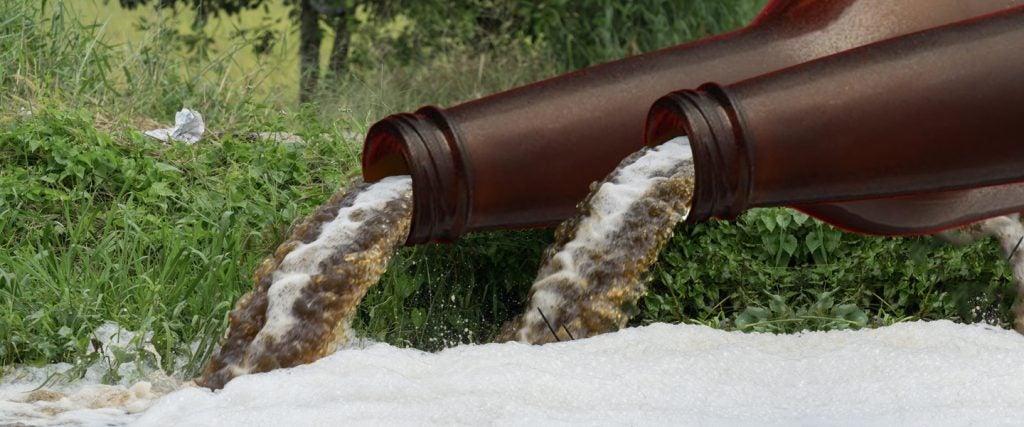Before clean water was widely available, many people drank fermented beverages like beer because it was thought to be both safer for you and more nutritious. And as our water supply today is increasingly contaminated by heavy metals from electronic waste, a new study suggests that beer may be the solution once again.
But instead of us day-drinking like it’s the middle ages, researchers from MIT have discovered that inactive yeast, a waste product generated from breweries in large quantities, can clean lead out of our water supply more effectively than conventional water-treatment methods. Removing lead from drinking water is critical because it’s highly toxic even in small amounts, especially to children. And yet, up to 12,000 miles of U.S. waterways are affected by heavy metals, the researchers note.
“We don’t just need to minimize the existence of lead; we need to eliminate it in drinking water,” Patritsia Stathatou, study co-author and MIT research scientist, explained in a press release. “And the fact is that the conventional treatment processes are not doing this effectively when the initial concentrations they have to remove are low, in the parts-per-billion scale and below. They either fail to completely remove these trace amounts, or in order to do so, they consume a lot of energy and they produce toxic byproducts.”
In the study, Stathatou and her colleagues propose an alternative process called biosorption, which involves an inactive material like yeast acting as a sorbent to remove pollutants. To get a better idea of how it would pull lead out of drinking water, the researchers focused on a yeast that’s commonly used in brewing beer, known as S. cerevisiae. Their results suggest that up to 12 milligrams of lead could be removed from water for every single gram of inactive, dried yeast cells.
A city like Boston, which uses around 200 million gallons of water a day, would require about 20 tons of yeast per day (or 7,000 tons annually) to purify their drinking water, Stathatou explains. While that may seem like a lot of beer, a brewery like the Boston Beer Company can produce upwards of 20,000 tons of inactive yeast a year, which they have no use for. On top of that, the purification process is incredibly efficient and only takes five minutes to complete.
To be fair, the study looked at water that was contaminated with trace amounts of lead, and more research needs to be done to confirm if beer yeast would work on water with higher concentrations of heavy metals.
“Our study demonstrates that the process can indeed work efficiently at the much lower concentrations of typical real-world water supplies, and investigates in detail the mechanisms involved in the process,” added Christos Athanasiou, study co-author and a visiting scholar at MIT. He concluded that “exploring biosorption mechanisms at such challenging concentrations is a tough problem. We were the first to use a mechanics perspective to unravel biosorption mechanisms, and we discovered that the mechanical properties of the yeast cells change significantly after lead uptake. This provides fundamentally new insights for the process.”
Either way, for now at least, the findings are definitely worth raising a glass to.

